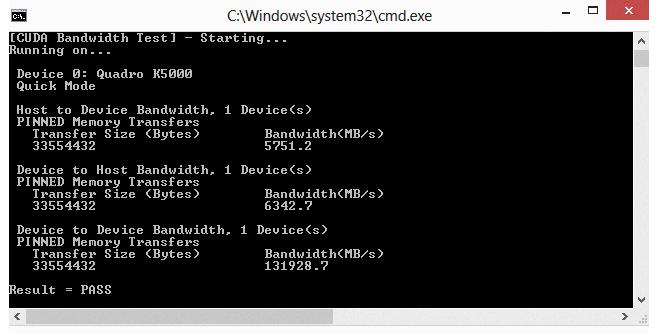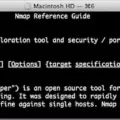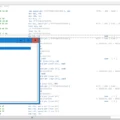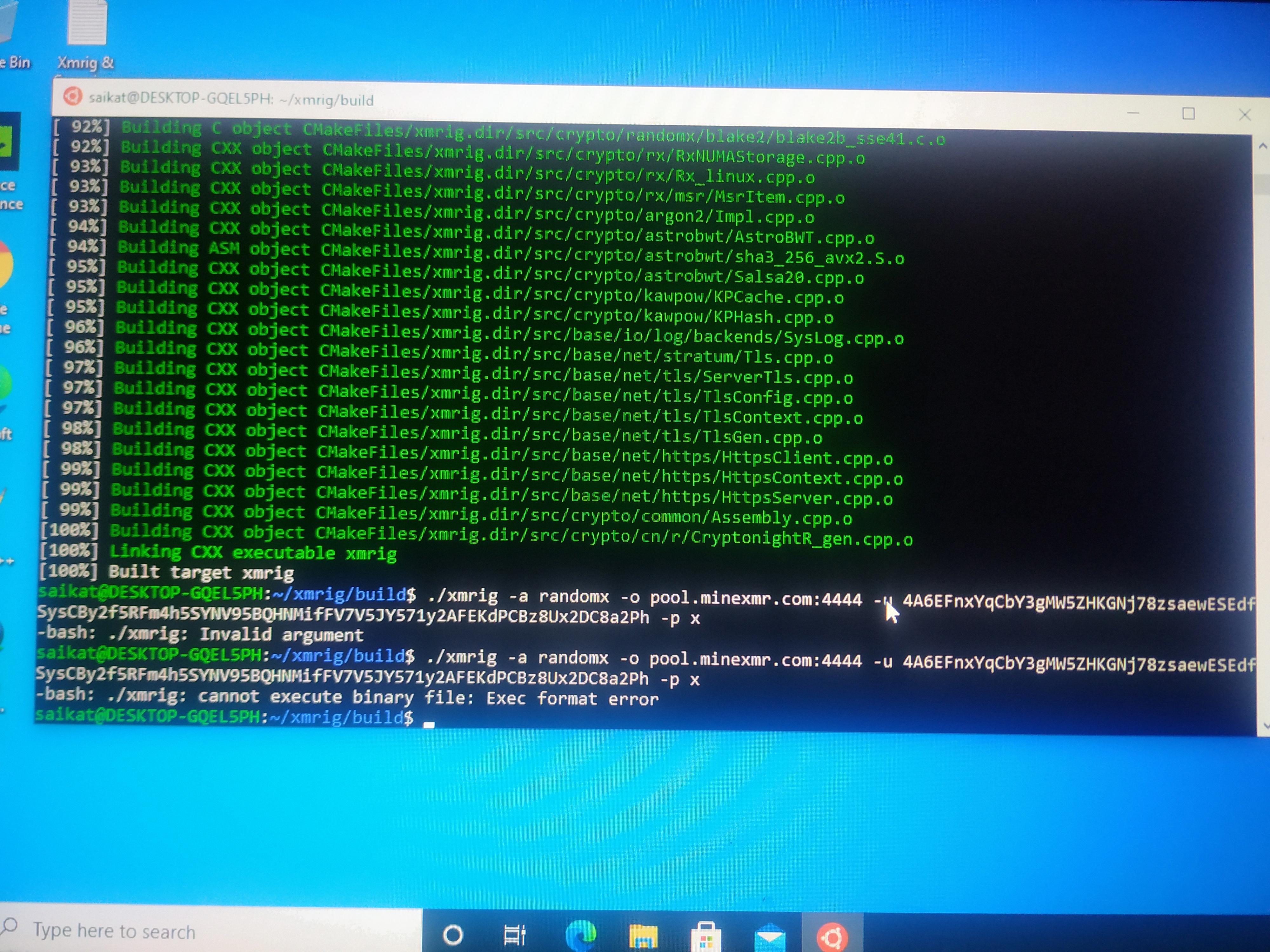CUDA, or Compute Unified Device Architecture, is a parallel computing platform and application programming interface (API) model created by NVIDIA. It allows developers to utilize the power of NVIDIA GPUs for general-purpose computing tasks, such as deep learning, scientific simulations, and video processing. If you are a Windows 10 user and want to check the CUDA version installed on your system, here’s how you can do it.
First, open the NVIDIA Control Panel on your Windows 10 machine. You can do this by right-clicking on the desktop and selecting “NVIDIA Control Panel” from the context menu. Alternatively, you can search for “NVIDIA Control Panel” in the Windows Start menu and open it from there.
Once the NVIDIA Control Panel is open, click on the “Help” menu at the top of the window. From the drop-down menu, select “System Information.” This will open a new window with detailed information about your system and GPU.
In the “System Information” window, you will find a section called “Components.” Under this section, click on “Display.” Here, you will see the name and model of your graphics card(s). If you have an NVIDIA GPU that is CUDA-capable, it will be listed here.
To determine the CUDA version installed on your system, you can either check the NVIDIA website or use the command line. Open the Command Prompt in Windows 10 by pressing the Windows key + R to open the Run dialog box, then type “cmd” and press Enter.
In the Command Prompt, type “nvcc –version” (without quotes) and press Enter. This command will display the version of CUDA installed on your system. If CUDA is installed, you will see the version number along with other information about the CUDA toolkit.
It’s important to note that CUDA requires compatible hardware and drivers to work properly. So, even if you have a CUDA-capable GPU, you may need to install or update the appropriate NVIDIA drivers to use CUDA effectively.
Checking the CUDA version on Windows 10 is a straightforward process. By following the steps mentioned above, you can easily determine if CUDA is installed on your system and the version you have. This information is crucial for developers and users who rely on CUDA for their GPU-accelerated tasks.
How Do You Know What Version of CUDA You Have on Windows?
To determine the version of CUDA installed on Windows, you can follow these steps:
1. Open the command prompt: Press the Windows key + R, type “cmd” in the Run dialog box, and press Enter. The command prompt window will open.
2. Check the CUDA version: In the command prompt, type “nvcc –version” (without quotes) and press Enter. This command will display the version of CUDA installed on your system.
3. Note the CUDA version: Look for the output line that starts with “Cuda compilation tools” or “nvcc”. The version number will be mentioned next to it. For example, it might say “Cuda compilation tools, release 10.2” or “nvcc: NVIDIA (R) Cuda compiler driver, release 11.0”.
4. Verify the version: Cross-check the version number with the official CUDA release notes or NVIDIA’s website to ensure you have the latest or desired version installed.
If CUDA is not installed or the “nvcc” command is not recognized, it means CUDA is not properly installed on your system. In such cases, you might need to reinstall CUDA following the official installation instructions provided by NVIDIA.
Remember, it’s important to have compatible NVIDIA GPU drivers installed along with the CUDA toolkit to ensure proper functionality.

How Do You Check for CUDA on Windows?
To check for CUDA on Windows, you can follow these steps:
1. Open the Windows Device Manager. You can do this by right-clicking on the Start button and selecting “Device Manager” from the menu that appears.
2. In the Device Manager, look for the “Display Adapters” section and expand it by clicking on the arrow next to it. This section lists all the graphics cards installed on your system.
3. Look for the vendor name and model of your graphics card(s). This information will help you determine if your GPU is CUDA-capable.
4. If you have an NVIDIA graphics card, you can verify its CUDA compatibility by checking the list of CUDA-enabled GPUs provided by NVIDIA. You can find this list on the official NVIDIA website at https://developer.nvidia.com/cuda-gpus.
5. Compare the model of your graphics card with the list of CUDA-enabled GPUs. If your GPU is listed, it means it is CUDA-capable.
By following these steps, you can easily check if your Windows system has a CUDA-capable GPU.
Where is the CUDA File in Windows 10?
In Windows 10, the CUDA file is typically located in the NVIDIA GPU Computing Toolkit installation directory. The default file path for the installation directory is “C:\Program Files\NVIDIA GPU Computing Toolkit”.
To locate the CUDA file, follow these steps:
1. Open the File Explorer by clicking on the folder icon in the taskbar or by pressing the Windows key + E.
2. Navigate to the “C:\Program Files\NVIDIA GPU Computing Toolkit” directory.
3. Look for a folder named “CUDA” within this directory. This folder contains the CUDA files and libraries.
Inside the “CUDA” folder, you will find several subfolders and files related to CUDA toolkit and development. These include the “bin” folder, which contains the CUDA executable files, the “include” folder, which contains CUDA header files, and the “lib” folder, which contains CUDA libraries.
Please note that the exact file path may vary depending on the installation options chosen during the CUDA installation process. If you have chosen a different installation directory or customized the installation, the CUDA file may be located in a different location on your system.
Conclusion
Checking the CUDA version on Windows 10 is a simple process that can be done through the command line or by checking the Display Adapters section in the Device Manager. By using the nvcc –version command, you can verify if CUDA is installed on your system and also determine the version of CUDA that is installed. Additionally, in the Windows Device Manager, you can find the vendor name and model of your graphics card(s), and if you have an NVIDIA card that is listed in the official CUDA GPU list, it means your GPU is CUDA-capable. It’s important to note that sometimes installing CUDA may also install or replace the NVIDIA driver, so it’s crucial to be aware of the changes that might occur during the installation process. By following these steps, you can easily determine the CUDA version on your Windows 10 system and ensure compatibility with your CUDA-capable GPU.













